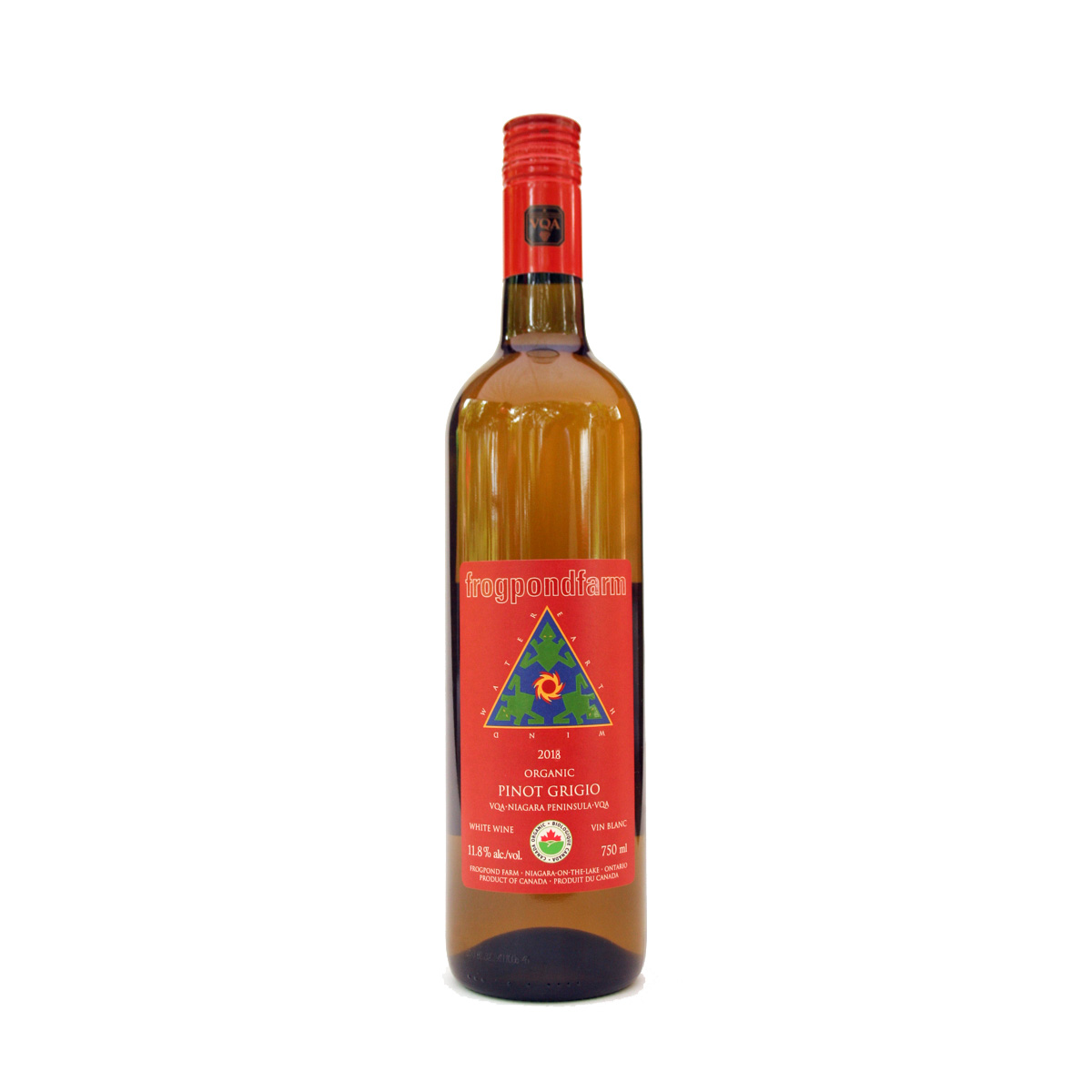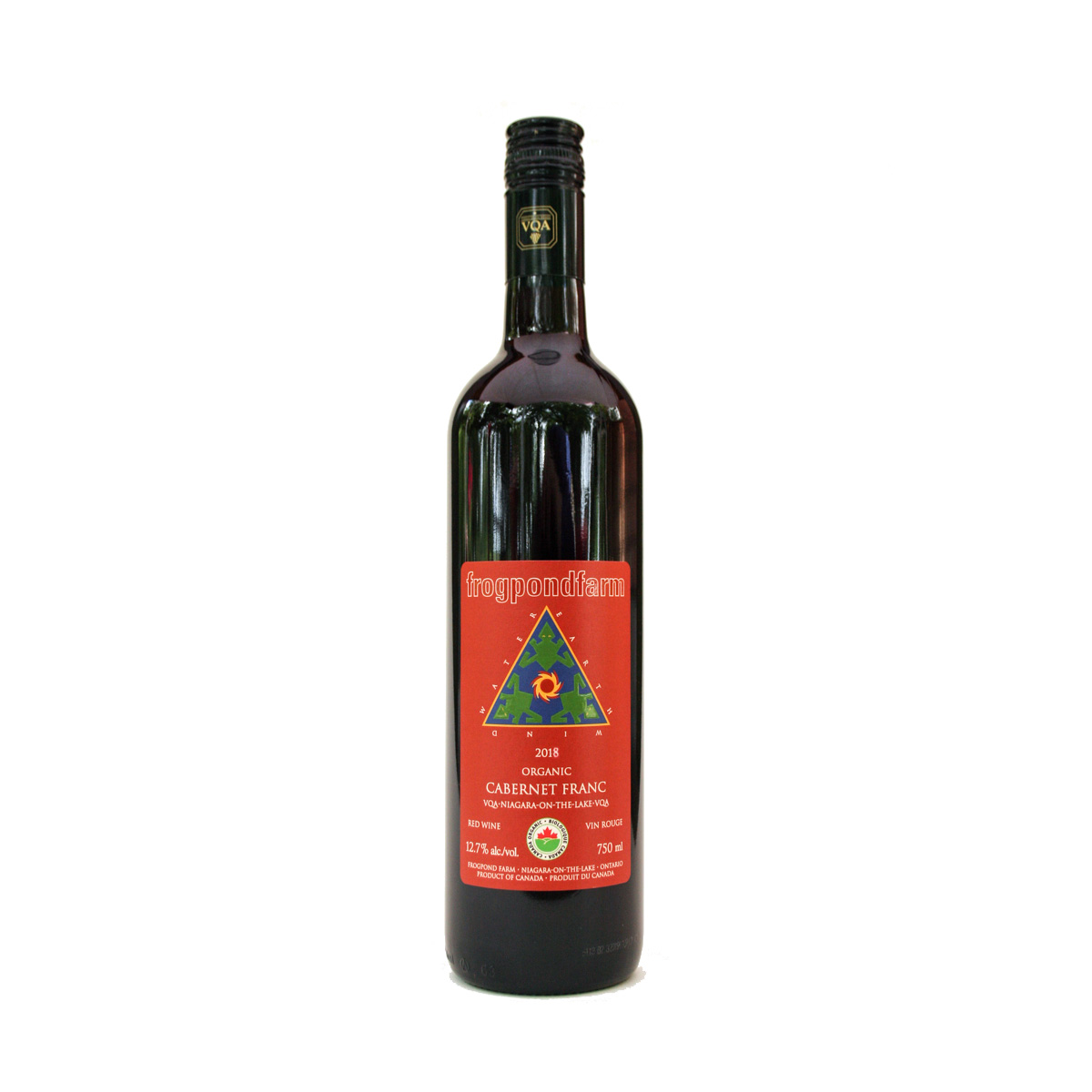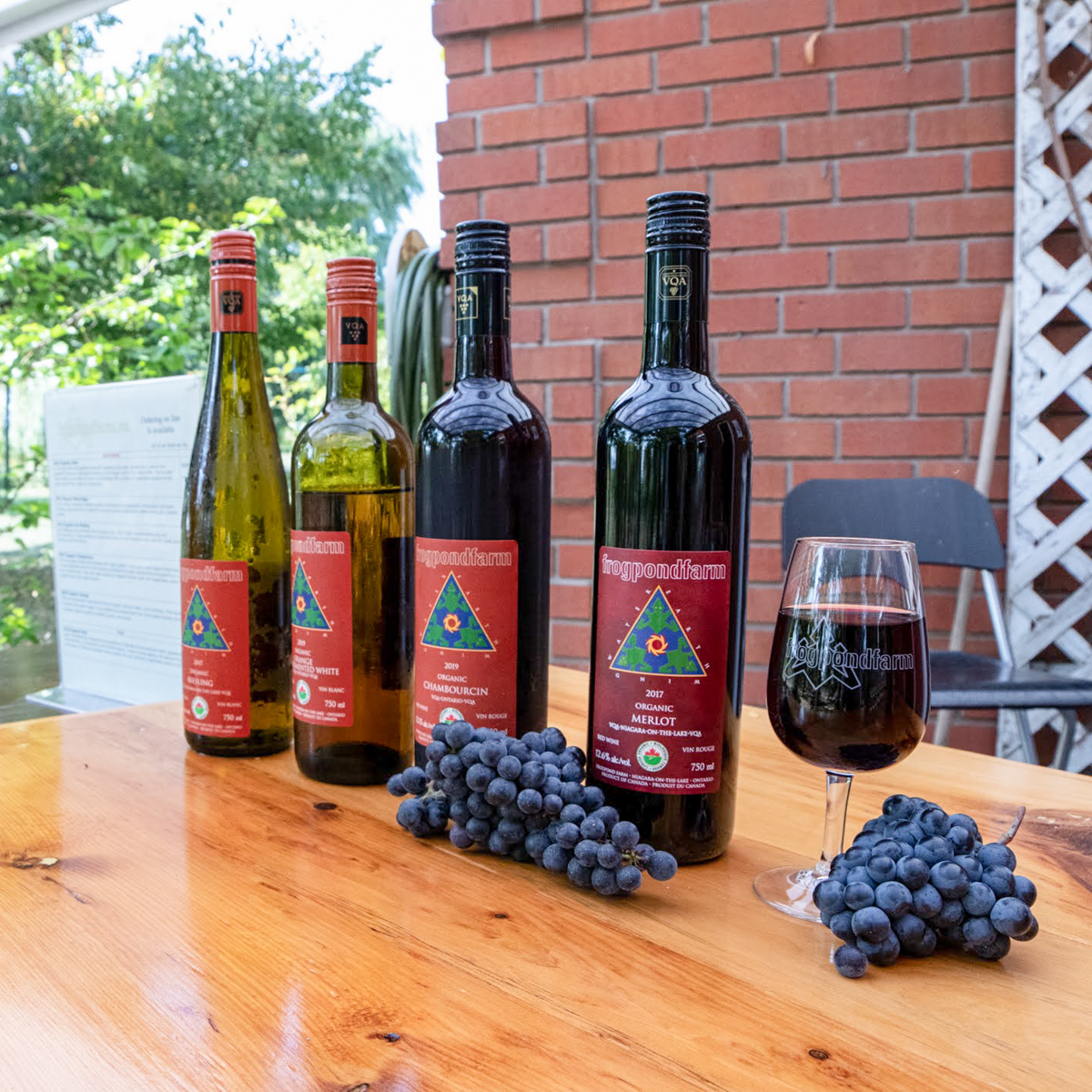Are you a trendsetter with your wine choice? If you drink Gamay Noir, you probably are!
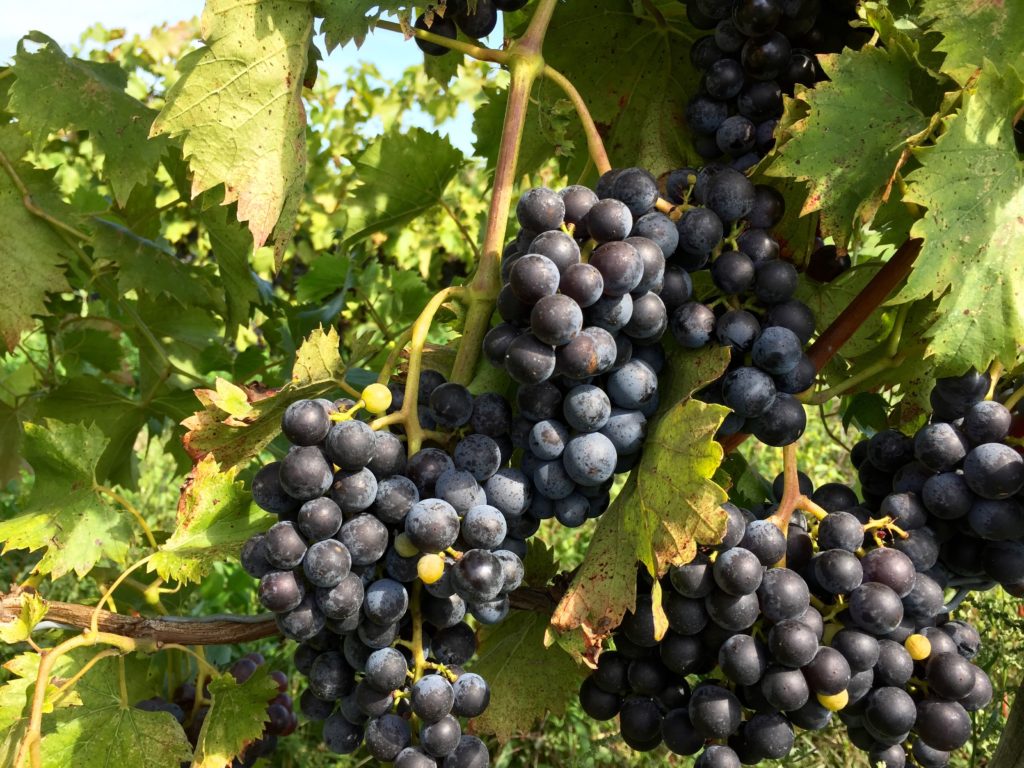
So what’s up with this wine and its sudden popularity in North America?
First, it’s easy drinking! A light-bodied, fruit forward, wine – similar to Pinot Noir – but perhaps without the complexity. Second, it’s extremely food friendly (yes, with fish, too) or can be enjoyed on its own. And it’s delightful when chilled for summer sipping. It’s also lower in tannin so there is none of the furry mouth feel and no tannin-caused headaches.
Why does the winemaking process impact what kind of Gamay Noir you’ll find in that bottle?
To make Gamay Noir wine, the winemaker needs make some choices – for early consumption/ready-to-drink wine or something more serious and longer lived. But please note, Gamay Noir is meant to be drunk relatively young, so don’t keep it past 3-5 years.
What to look for in a bottle of Gamay Noir?
The colour may be light, almost transparent ruby red, but can be deeper in hue depending on the winemaking process (which we will get into a little later). Expect juicy flavours of sour cherry, cranberry and strawberry, floral notes, some earthiness and subtle spice on the finish (white pepper).
If the wine is being made for early consumption, the winemaker will ferment the wine in stainless steel tanks, sometimes using carbonic maceration or semi-carbonic maceration, which often imparts banana, cotton candy or bubble-gum aromas (like Beaujolais Nouveau).
When trying to write about wine flavours, you need to keep 3 influencing factors in mind: primary flavours which come from the grape itself; secondary flavours produced in the winemaking process; and tertiary flavours produced in ageing (e.g., ageing in oak barrels).
Most likely though, the winemaker will ferment Gamay combining whole bunches and whole berries in open vats to start a yeast fermentation and then layer more whole bunches and destemmed grapes on top. Once fermentation is complete, the grapes are pressed and the wine is transferred either to stainless steel tanks to settle and then perhaps to oak barrels to age. If handled in this way, Gamay Noir wine is much deeper-coloured, more tannic, longer-lived – a more serious wine approaching that of Pinot Noir.
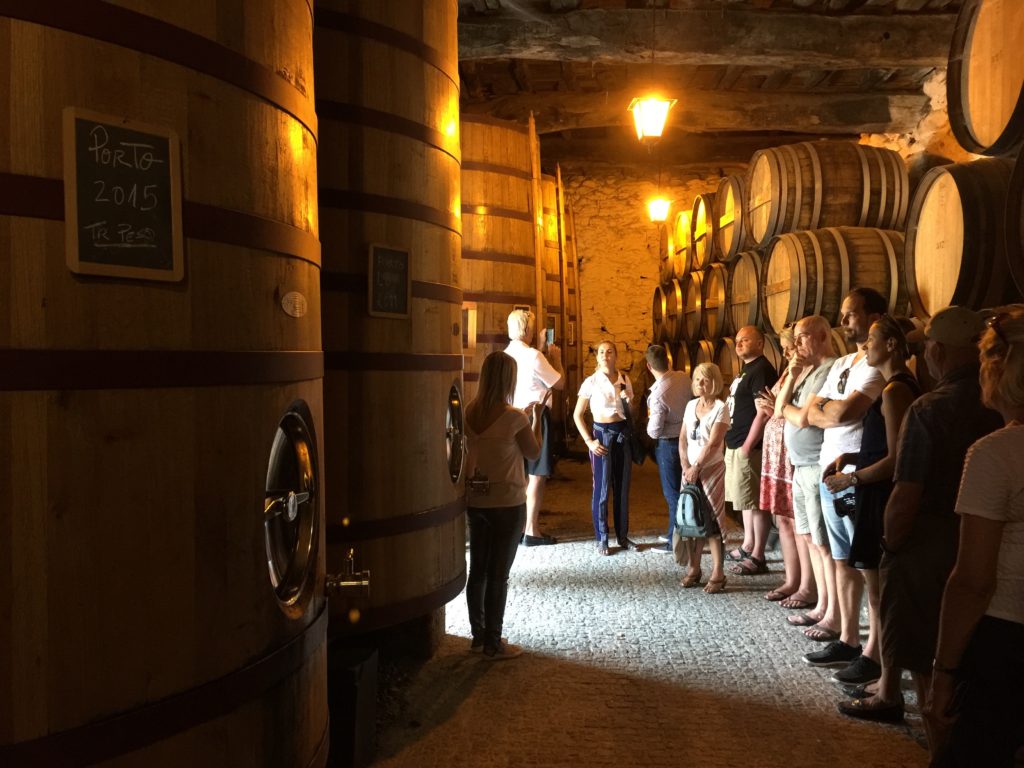
And here’s a funny thing, Gamay Noir is related to Pinot Noir! DNA analysis has revealed it is a natural cross between Pinot and Gouais Blanc, believed to have occurred in the Burgundy region … home to Beaujolais (which is Gamay Noir by the way). Of course, in Beaujolais (France) you have numerous choices of wines styles for Gamay Noir, from fun to really serious: Beaujolais Nouveau, Beaujolais, Beaujolais-Village and finally the 10 Crus.
In Ontario, we can also make Gamay Noir wines from fun to serious in style. Like its relative Pinot Noir, Gamay performs well in a cooler climate. In 2018, 1586 tonnes of Gamay were harvested (versus 2296 tonnes of Pinot Noir). If Ontario has become known for quality Chardonnay and Pinot Noir, Gamay is not far behind and gaining popularity.
So are you a wine trendsetter? If we can judge by our best selling red, Frogpond Farm Organic Gamay Noir, then yup … you have some fine company!


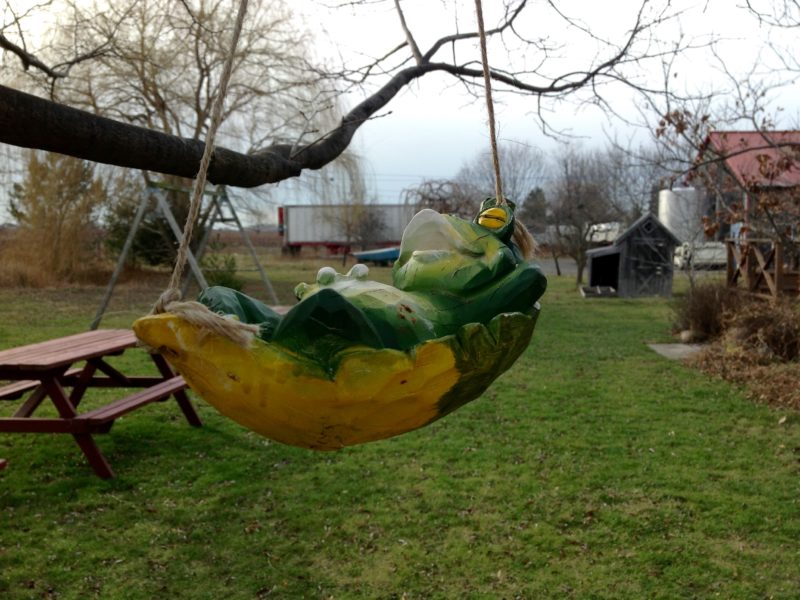
 Frog Blog ~ How Climate Change Will Affect Wine as We Know It!
Frog Blog ~ How Climate Change Will Affect Wine as We Know It!